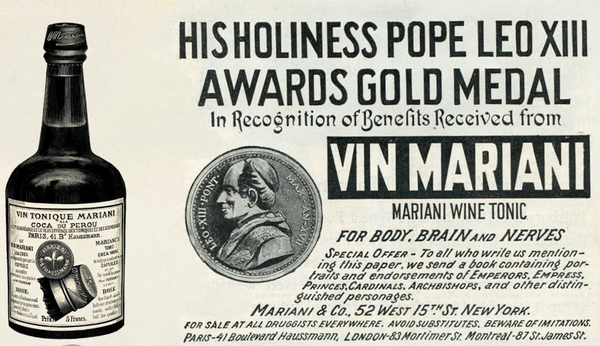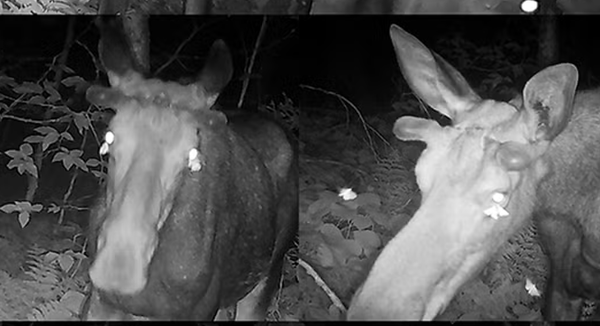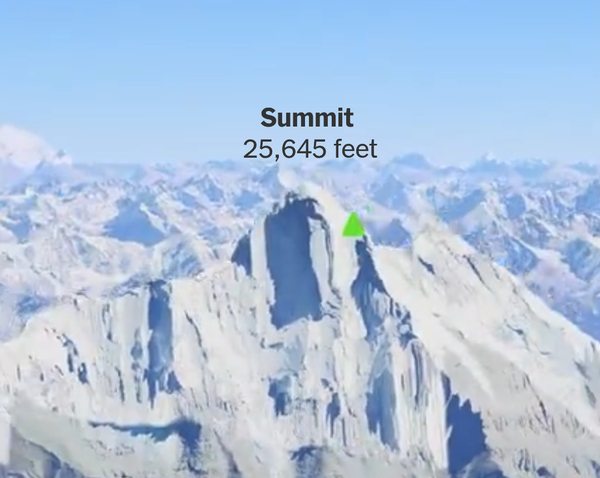Inside the rise and fall of a notorious bank robber
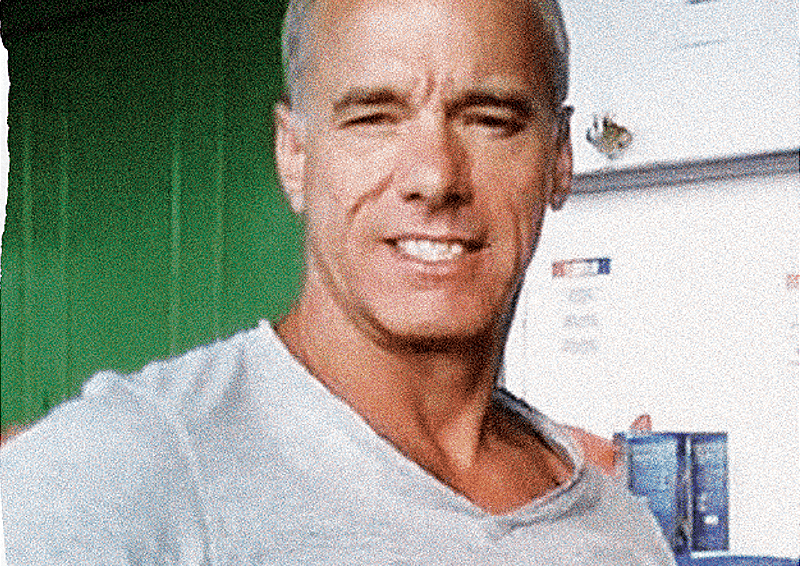
From Toronto Life: "To fellow tourists he met around the world, Jeffery Shuman was a semi-retired developer with a bright smile, an even tan and a fat wallet. In truth, he was a legendary bank robber on the run from the Toronto police and the US Marshals. He had robbed 20 banks over a five-year stretch in and around Toronto, Ottawa and Calgary, starting in 2010. He was an equal-opportunity criminal, cycling strategically through major institutions including Toronto-Dominion Bank, Royal Bank of Canada, HSBC and Scotiabank. For a while, police thought he might be a long-haul truck driver. He appeared to strike at random, robbing a few banks and then stopping for months, sometimes a year, before starting up again. He was patient and methodical. He also moved with the discipline and efficiency of someone who knew his way around a weapon. One theory was that he had high-level military or police training, which was a chilling thought to detectives. Was he one of them?"
This impossible new color is so rare that only five people have seen it

From Scientific American: "There are only so many colors that the typical human eye can see; estimates put the number just below 10 million. But now, for the first time, scientists say they’ve broken out of that familiar spectrum and into a new world of color. In a paper published on Friday in Science Advances, researchers detail how they used a precise laser setup to stimulate the retinas of five participants, making them the first humans to see a color beyond our visual range: an impossibly saturated bluish green. The researchers used lasers to precisely deliver tiny doses of light to select cone cells in the human eye. First, they mapped a portion of the retina to identify each cone cell as either an S, M or L cone. Then, using the laser, they delivered light only to M cone cells. As the laser shone into his retina, he perceived a tiny square of light, roughly the size of a thumbnail viewed at arm’s distance. In that square, he glimpsed the Emerald City: a color the researchers have named “olo.”
Scientists say all of America's largest cities are gradually sinking

From Grist: "Cities sit unmoving on the landscape — a sprawling collection of roads, sidewalks, and buildings designed to last for generations. But across the United States, urban areas are silently shifting: The land beneath them is sinking, a process known as subsidence, largely because people are using too much groundwater and aquifers are collapsing. The sheer weight of a metropolis, too, compacts the underlying soil. A new study published in the journal Nature Cities mapped the scale of this slow-motion crisis. Researchers used satellites to measure how the elevation has been changing in America’s 28 most populous cities — including New York, Dallas, and Seattle — and found that in every one of them, at least 20 percent of the urban area is sinking. In 25 cities, two-thirds or more of the area is subsiding, with rates up to 0.4 inches each year."
Hi everyone! Mathew Ingram here. I am able to continue writing this newsletter in part because of your financial help and support, which you can do either through my Patreon or by upgrading your subscription to a monthly contribution. I enjoy gathering all of these links and sharing them with you, but it does take time, and your support makes it possible for me to do that. I also write a weekly newsletter of technology analysis called The Torment Nexus.
In this Nigerian village, men and women speak different languages
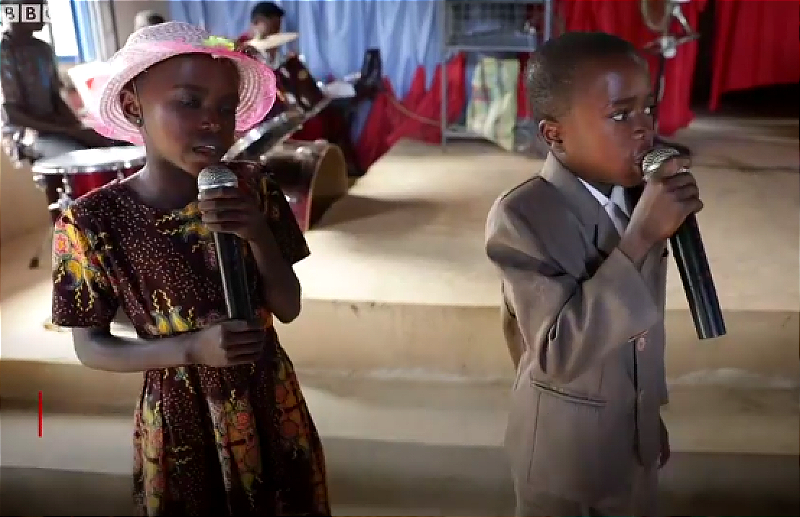
From the BBC: "In Ubang, a farming community in southern Nigeria, men and women say they speak different languages. Dressed in a brightly coloured traditional outfit, a red chief's cap and holding a staff, Chief Oliver Ibang calls over his two young children, eager to demonstrate the different languages. He holds up a yam and asks his daughter what it is called. "It's 'irui'," she says, without hesitating. But in Ubang's "male language" the word for yam, one of Nigeria's staple foods, is "itong". And there are many other examples, such as the word for clothing, which is "nki" for men and "ariga" for women. It is not clear exactly what proportion of words are different in the two languages and there is no pattern, such as whether the words are commonly used, related or linked to traditional roles for men or women. "It's almost like two different lexicons," says anthropologist Chi Chi Undie, who has studied the community.
She was a pioneering paleontologist in the 1800s but got little credit for her discoveries
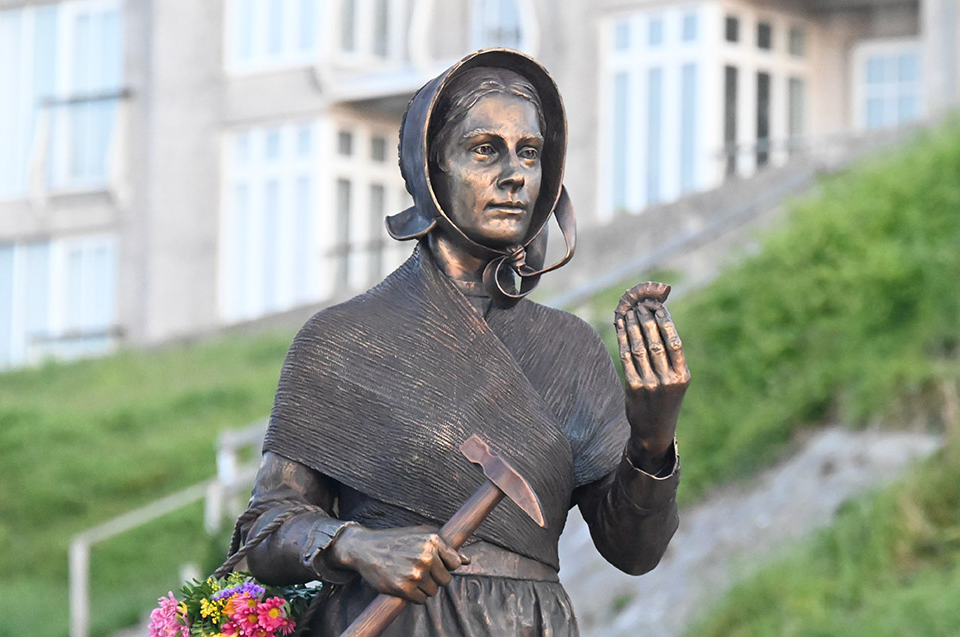
From Wikipedia: "Mary Anning was an English fossil collector, dealer, and palaeontologist. She became known internationally for her discoveries in Jurassic marine fossil beds in the cliffs along the English Channel in Southwest England. Anning's findings contributed to changes in scientific thinking about prehistoric life. Her discoveries included the first correctly identified ichthyosaur skeleton when she was twelve years old, the first two nearly complete plesiosaur skeletons, and the first pterosaur skeleton located outside Germany. Anning struggled financially for much of her life. As a woman, she was not eligible to join the Geological Society of London, and she did not always receive credit for her contributions. However, her friend, geologist Henry De la Beche, who painted Duria Antiquior, the first widely circulated pictorial representation of a scene from prehistoric life derived from fossil reconstructions, based it largely on fossils Anning had found and sold prints of it for her benefit."
In Turkey there is a vending machine for cats so the seagulls pretend to meow
There is a food vending machine for cats in Turkey, the seagulls meow pretending to be cats
— Science girl (@gunsnrosesgirl3) May 14, 2025
pic.twitter.com/F0mhnqY2Pg
Acknowledgements: I find a lot of these links myself, but I also get some from other newsletters that I rely on as "serendipity engines," such as The Morning News from Rosecrans Baldwin and Andrew Womack, Jodi Ettenberg's Curious About Everything, Dan Lewis's Now I Know, Robert Cottrell and Caroline Crampton's The Browser, Clive Thompson's Linkfest, Noah Brier and Colin Nagy's Why Is This Interesting, Maria Popova's The Marginalian, Sheehan Quirke AKA The Cultural Tutor, the Smithsonian magazine, and JSTOR Daily. If you come across something interesting that you think should be included here, please feel free to email me at mathew @ mathewingram dot com
